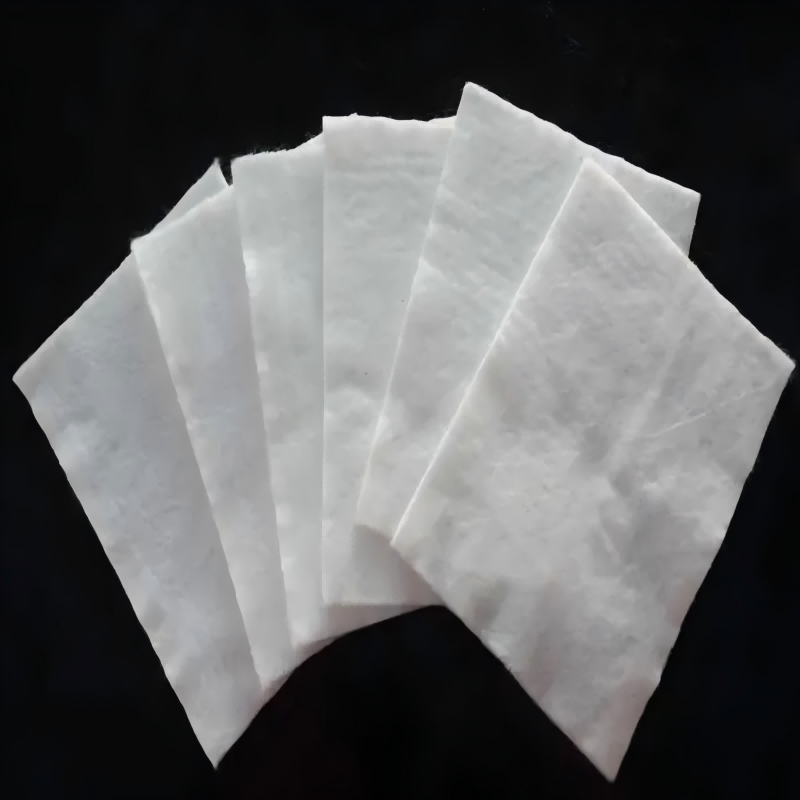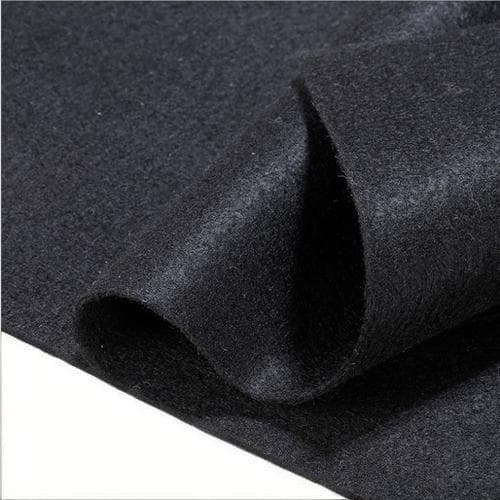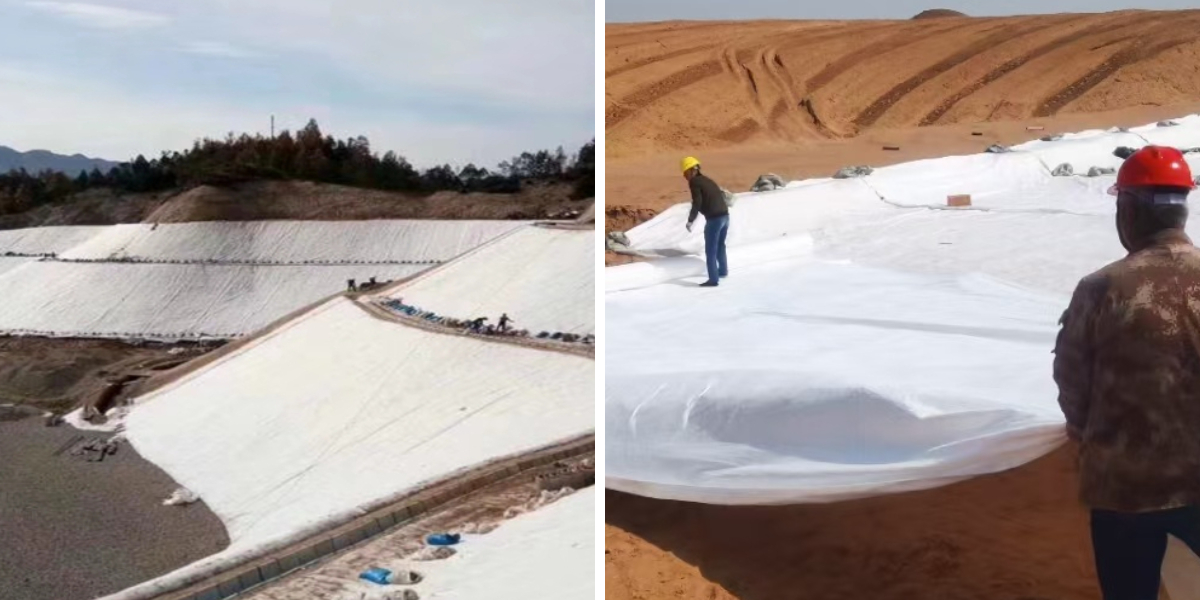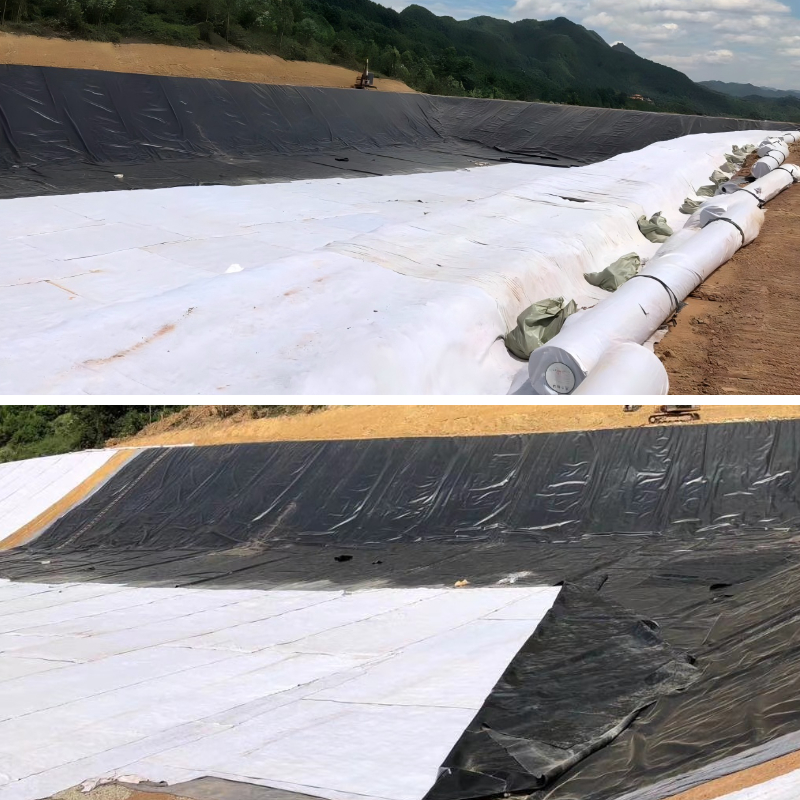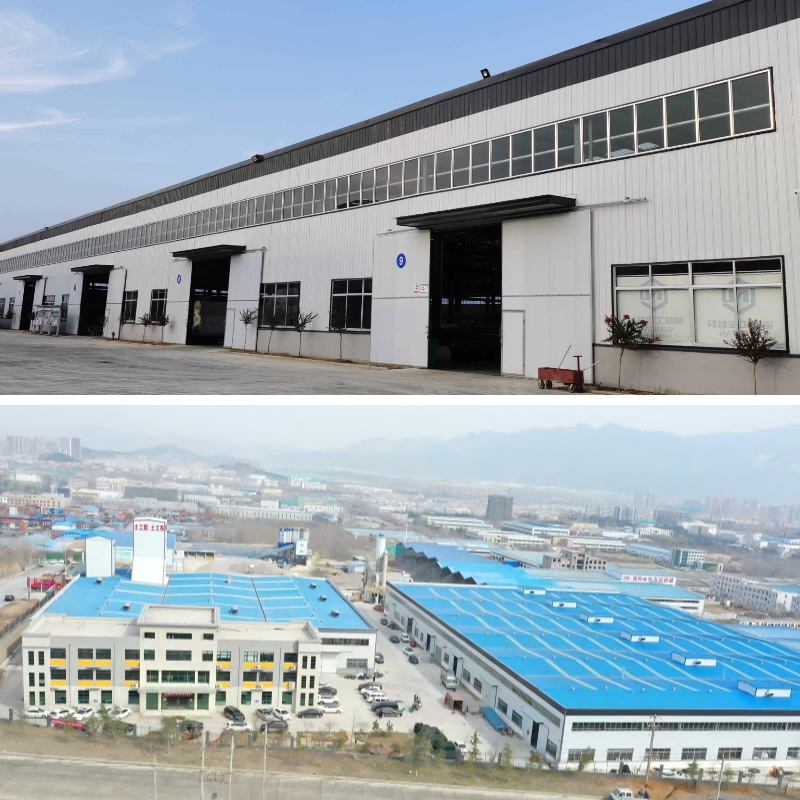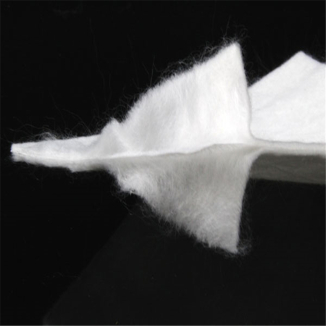Polypropylene Non Woven Filter Fabric
1、 Efficient filtration:The three-dimensional porous structure accurately intercepts particles of different sizes, meeting high filtration standards.
2、 Stable performance:Acid and alkali resistant, high and low temperature, no deformation in humid environments, lightweight and wear-resistant.
3、 Breathable and low resistance:The fluid flows smoothly, reducing energy consumption by 30% -50% compared to traditional materials.
4、 Economic and Environmental Protection:Low raw material costs, efficient production, and recyclability after disposal.
5、 Flexible customization:Easy to process into various forms, can add anti-static, antibacterial and other functions.
Product Introduction
1、 Basic attributes
Polypropylene Non Woven Filter Fabric is a porous fabric made from polypropylene resin through non-woven processes such as meltblown and spunbond. Its physical properties are manifested as a density of about 0.9g/cm ³ and a lightweight texture; The chemical properties are inert materials, non-toxic, odorless, acid and alkali resistant, and organic solvents (except for strong oxidants). It can withstand high temperatures of 120 ℃ in the short term and has stable performance in low-temperature environments. The material structure is a three-dimensional mesh, with fiber diameters ranging from micrometers to nanometers, uniform pore distribution, and a certain tensile strength and tear strength, making it easy to process and shape.
2、 Core functions
As a filtering medium, its core function is to efficiently separate impurities in fluids, including:
Particle interception: Through the mechanical barrier and adsorption effect of fiber mesh structure, different particle size pollutants such as dust, bacteria, aerosols, suspended solids, etc. in air or liquid are captured. The filtration efficiency can be adjusted through process to reach high standards such as N95 and pharmaceutical grade.
Fluid purification circulation: While achieving efficient filtration, it ensures smooth passage of air or liquid, maintains low resistance and high flow operation, and reduces energy consumption of the filtration system。
Safety protection: In medical, food and other scenarios, physical barriers and sterilization stability are used to block the spread of harmful substances and ensure contact safety.
3、 Main features
Efficient and low resistance balance: The porous structure ensures high filtration efficiency and excellent breathability, reducing fluid resistance by 30% -50% compared to traditional materials, balancing purification effect and system energy consumption.
Strong stability: Good weather resistance, not easily degraded or deformed in humid, high and low temperature environments; High chemical stability, suitable for various complex working conditions.
Safe and easy to handle: non-toxic and biocompatible, can tolerate multiple sterilization methods, and meets medical and food contact safety standards; After disposal, it can be recycled through melting and regeneration.
Excellent cost and flexibility: With a wide range of raw material sources, high automation production efficiency, and controllable costs; Can be processed into various forms such as filter bags and filters, supporting customized functions such as electrostatic polarization and antibacterial
Product Parameters
project | metric | ||||||||||
Nominal strength/(kN/m) | |||||||||||
6 | 9 | 12 | 18 | 24 | 30 | 36 | 48 | 54 | |||
1 | Longitudinal and transverse tensile strength / (kN/m) ≥ | 6 | 9 | 12 | 18 | 24 | 30 | 36 | 48 | 54 | |
2 | Maximum elongation at maximum load in longitudinal and transverse directions/% | 30~80 | |||||||||
3 | CBR top penetration strength /kN ≥ | 0.9 | 1.6 | 1.9 | 2.9 | 3.9 | 5.3 | 6.4 | 7.9 | 8.5 | |
4 | Longitudinal and transverse tearing strength /kN | 0.15 | 0.22 | 0.29 | 0.43 | 0.57 | 0.71 | 0.83 | 1.1 | 1.25 | |
5 | Equivalent aperture O.90(O95)/mm | 0.05~0.30 | |||||||||
6 | Vertical permeability coefficient/(cm/s) | K× (10-¹~10-), where K=1.0~9.9 | |||||||||
7 | Width deviation rate /% ≥ | -0.5 | |||||||||
8 | Unit area mass deviation rate /% ≥ | -5 | |||||||||
9 | Thickness deviation rate /% ≥ | -10 | |||||||||
10 | Thickness coefficient of variation (CV)/% ≤ | 10 | |||||||||
11 | Dynamic perforation | Puncture hole diameter/mm ≤ | 37 | 33 | 27 | 20 | 17 | 14 | 11 | 9 | 7 |
12 | Longitudinal and transverse fracture strength (grab method)/kN ≥ | 0.3 | 0.5 | 0.7 | 1.1 | 1.4 | 1.9 | 2.4 | 3 | 3.5 | |
13 | Ultraviolet resistance (Xenon arc lamp method) | Longitudinal and transverse strength retention rate% ≥ | 70 | ||||||||
14 | Ultraviolet resistance (fluorescence UV lamp method) | Longitudinal and transverse strength retention rate% ≥ | 80 | ||||||||
Product Application
1、 Air purification field
As the core filter material in air purifiers and fresh air systems, it intercepts particulate matter such as PM2.5, pollen, and dust with efficient filtration performance; In the air conditioning filter, the low resistance and breathable characteristics ensure air circulation, while filtering impurities in the air to improve indoor air quality.
2、 Medical protection field
It is a key material for masks (such as N95 masks and medical surgical masks), which enhances the adsorption of bacteria and virus aerosols through electrostatic polarization treatment; Surgical gowns and isolation gowns are made of it, utilizing its barrier and breathability to prevent medical staff from coming into contact with pollutants while ensuring comfortable wearing.
3、 Water treatment field
Used for water purifier filter cartridges, sewage treatment filter bags, etc., it can filter suspended solids, sediment, colloids and other impurities in water; In industrial wastewater pretreatment, as a primary filtration material, it reduces the concentration of pollutants in water and alleviates the pressure of subsequent treatment.
4、 Industrial filtration field
Suitable for industrial dust removal equipment, such as filter cartridges and filter bags, to filter the dust generated during the production process and protect the health of equipment and operators; In chemical production, it is used for solvent filtration and raw material purification, ensuring filtration stability through chemical corrosion resistance.
Polypropylene non-woven filter fabric plays an important role in various fields such as air purification, medical protection, water treatment, and industrial filtration due to its high efficiency, stability, durability, safety, and environmental protection. It has become one of the core materials for various industries to achieve purification and protection needs, and its application scenarios are constantly expanding with technological upgrades.


